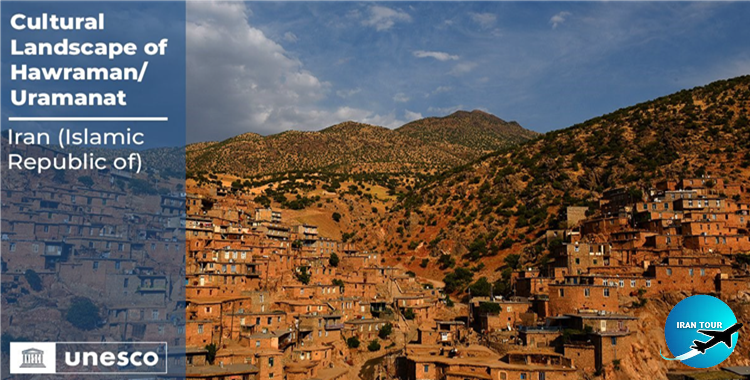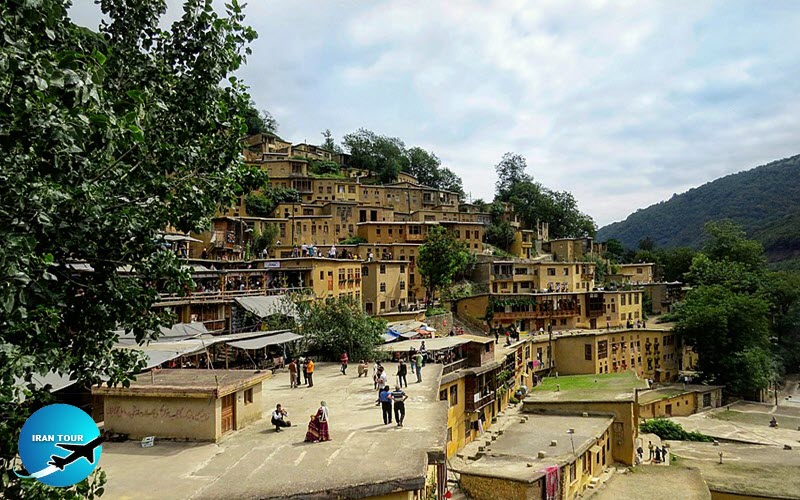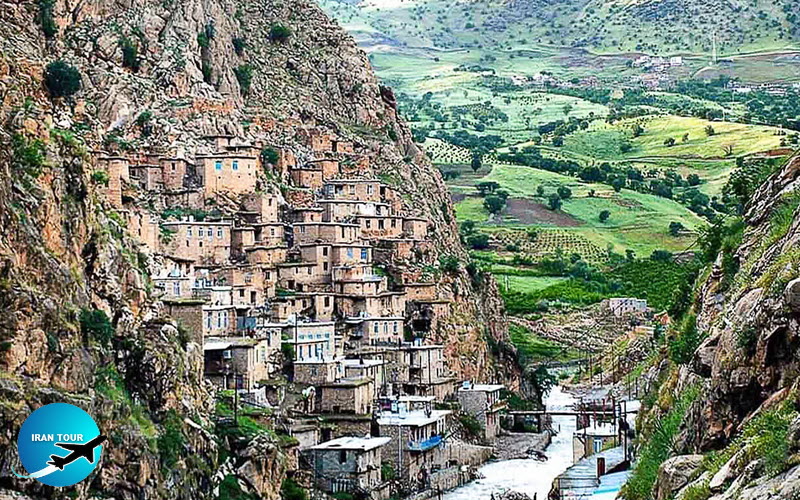Copyright 2020 - 2021 irantour.tours all right reserved
Designed by Behsazanhost
A 40-thousand-year-old heritage in the west of Iran
A 40-thousand-year-old heritage in the west of Iran
The wide geographical diversity of Iran has created various tourist attractions that have introduced Iran as one of the top 10 tourism destinations in the world. An attractive variety of different models of historical tourism, architecture, nature, culture, and social tourism, not only attracts tourists but also they remember it as one of their most attractive trips. One of the good news in the tourism field was the World Registration of the Hawraman Cultural Landscape in UNESCO.
Hawraman historical village is a hidden treasure in the Kurdistan area, a beautiful village with very nice and eye-catching scenes to strolling around. If you are going to discover one of Iran's cultural parts this is the best one. It is one of the best villages to enjoy the amazing landscape, rich historical architecture, hospitable people, and realizing the local forms.
 |
If you have seen Masouleh forest village in northern Iran, the first thing that comes to your mind after seeing Hawraman, is its resemblance. It seems that these two regions are related to each other.
 |
Hawraman has unique features that will be mentioned in the following:
Howraman or Uraman is a region in Kurdistan that is known by different names due to different local and Kurdish dialects. Hawraman consists of two parts, Ahura and Man. Uraman village is in Uraman section of Sarvestan city, 75 km from Marivan. It is bordered by Iraq to the west, Javanroud to the south, and Kurdistan to the north, in a valley on a steep slope facing a mountain called Takht. The city was built in a stepped manner and with stones and some people called it Uraman Takht. The houses of this area, like Masouleh, are built in such a way that one yard is the roof of another house.
 |
Uramanat consists of two parts, small and large. The small part is called Halabcheh which is part of Iraq and a large part is one of the provinces of Kermanshah and Kurdistan of Iran. Uraman Takht village is the center of Uraman district and most of its people have settled in cities such as Tehran, Marivan, Sanandaj, Halabcheh, Javanroud, Kamyaran, Ravansar, and Kermanshah. This historic village originally consisted of three parts called Hawraman Takht, Zhavaro, and Lohun. Since Hawraman is located in the mountains, it has perfect weather in spring and summer, and tourists can choose this time to travel.
 |
This area is full of eye-catching natural springs and pastures and there are beautiful gardens in the foothills of the Uraman Mountains, which shows that the people of this area are engaged in gardening in addition to livestock. Wild pistachio, walnut, oak, and fig trees are among the vegetation of Hawraman. In addition, by traveling to this part of Iran, you can see trees such as hawthorn, wild pear, and oak. One of the famous ceremonies that the people of Hawraman hold every year is the Pir Shaliar annual ceremony in winter. Pir Shaliar was one of the Islam preachers, whose tomb is located in Uraman Takht. The people of this region hold this ceremony by wearing special clothes, playing mystical music, and cooking pottage. The common clothes of Uramani women are called Jani, Shawl, Hat, and Kolenjeh, and their men wear Chokheh, Shawl, Dastar, and Faranji. Among the handicrafts of Uraman region, we can mention Felt, Basket, Giveh, and Kilim. Uraman Takht changed from a village to a district in 1990 with 540 families and a population of 2800 people. The people of the Uraman region speak the Urami language, which is one of the Gorani dialects and is a subset of the northwestern Iran dialects. according to evidence, living has a history of about 40,000 years in this region, and as mentioned before, the Hawraman Mountains in western Iran as the twenty-sixth region of the country, and named "Uramanat Cultural Landscape" in the UNESCO World Heritage List.
How to get there
Hawraman is located in Kurdistan and southeast of Marivan, which you can reach there by passing through Saveh, Hamedan and Sanandaj, and Sarvabad.
- Details
- Category: What to see in IRAN